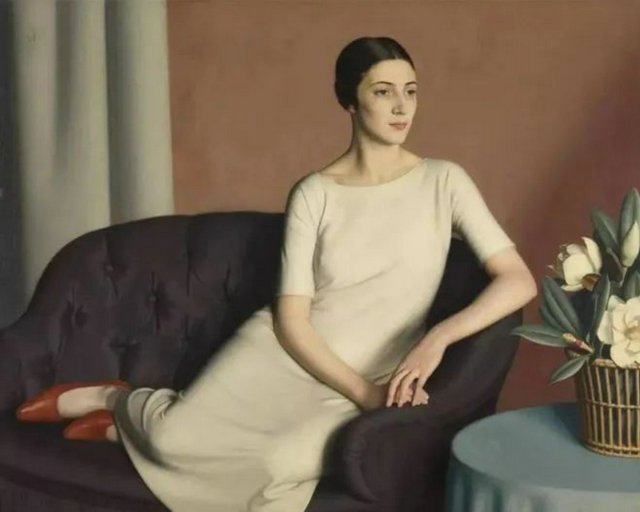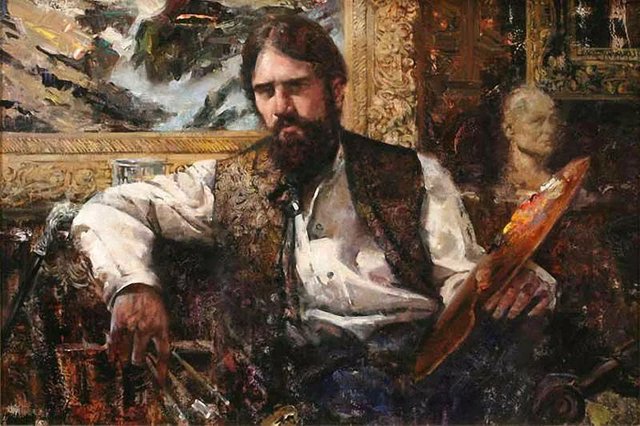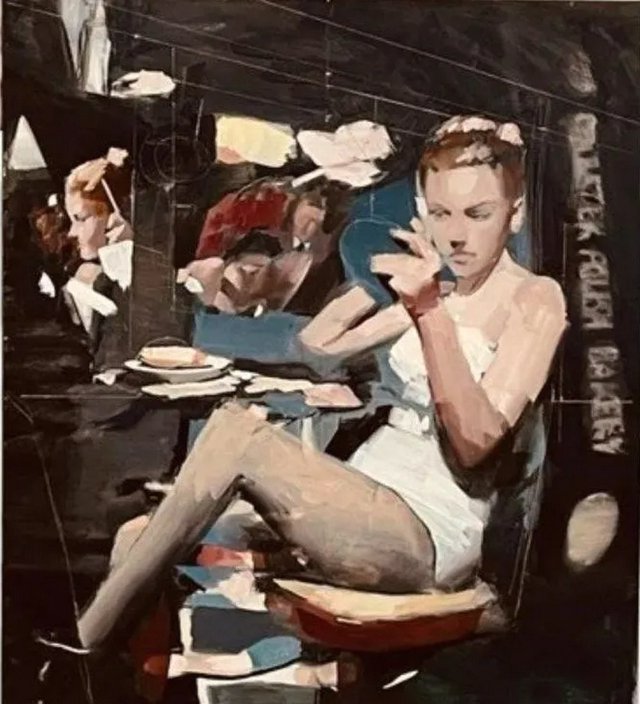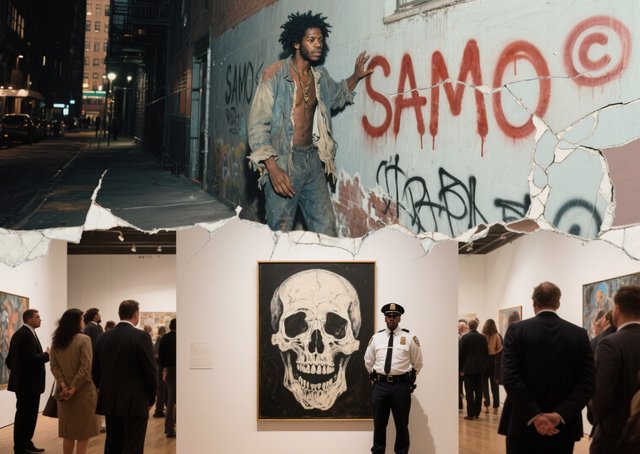Oil Painting Factions Decoded: 8 Schools That Shaped Art (How to Tell Them Apart)
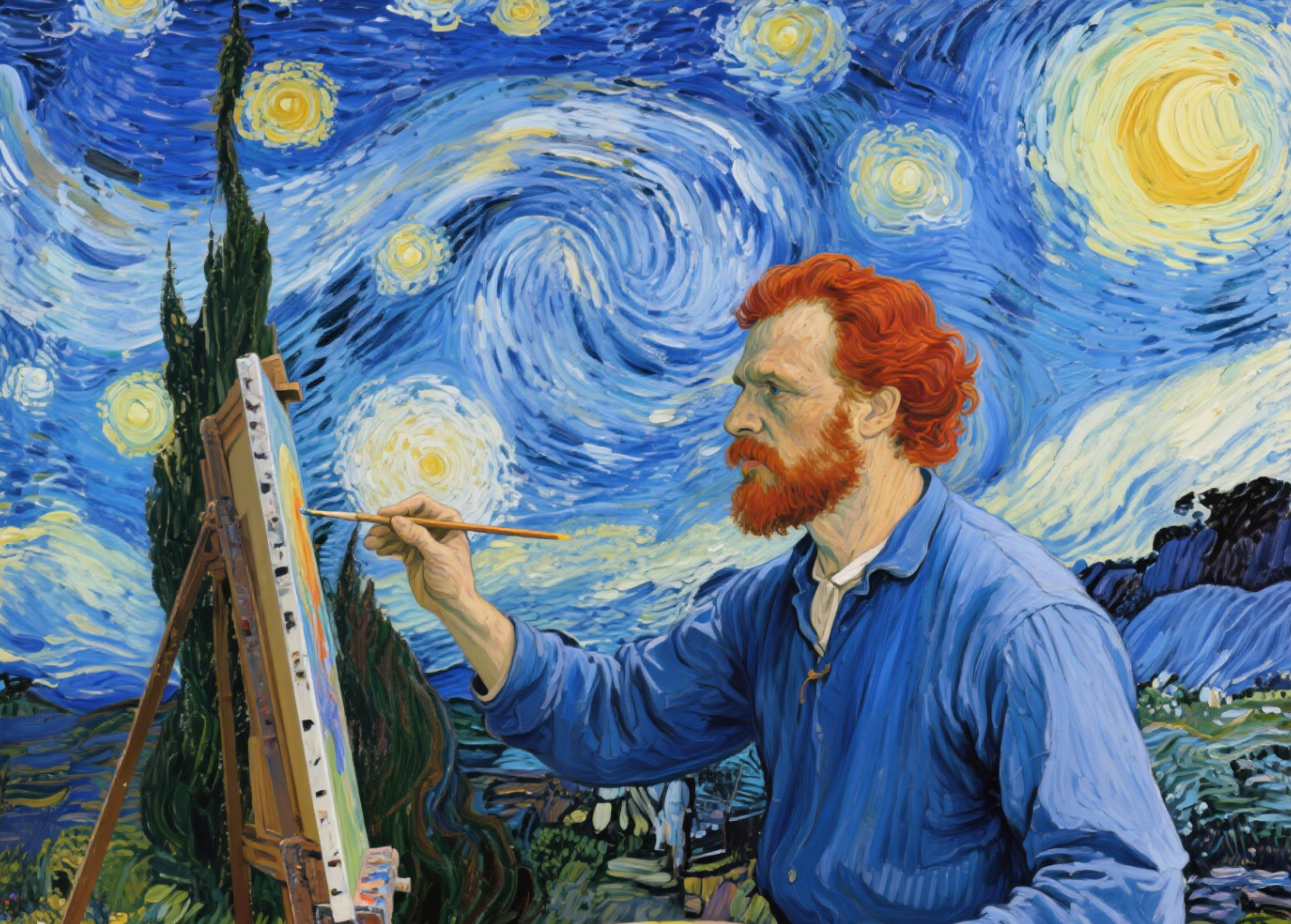
Oil painting isn’t a single style—it’s a battlefield of ideas. For centuries, Artists have clashed over how to paint: Should art mimic reality? Celebrate emotion? Break rules entirely? These clashes birthed “factions” (or schools)—groups united by shared techniques, beliefs, and rebellion against the status quo. At theArtPaint, we’re untangling 8 defining factions, their secrets, and how to tell a Surrealist from an Impressionist in 10 seconds.
What Makes a “Faction”? More Than Just “Styles”
Factions aren’t just about brushstrokes—they’re about philosophy. A Renaissance painter believed in “imitating God’s perfection”; a Dadaist thought art should mock reason. These groups formed in studios, cafes, and salons, often arguing loudly (and sometimes fistfights) over what art should be.
Their weapons? Oil paint. Its versatility let them experiment: thick impasto for drama, thin glazes for depth, or chaotic splatters for rebellion. Each faction left a fingerprint on oil painting, and their battles shaped how we create and view art today.
8 Key Oil Painting Factions & Their Hallmarks
1. Renaissance (14th–17th Centuries): “Art as Science”
The Renaissance crew rejected flat, symbolic medieval art. They wanted realism—and used oil to get it.
Traits: Lifelike figures (thanks to anatomy studies), 3D perspective, and soft glazes for skin that looks “alive.” They mixed oil with math (yes, math!) to make scenes feel like windows into another world.
Stars: Leonardo da Vinci (Mona Lisa) with his “sfumato” (smoky edges) and Raphael (The School of Athens) for perfect balance.
How to spot: Look for “ideal beauty”—no messy hair or crooked teeth here. Everyone looks like a god (or goddess).
2. Baroque (17th–18th Centuries): “Art as Drama”
Baroque artists thought the Renaissance was too “calm.” They wanted to shock—with light, shadow, and chaos.
Traits: Extreme “chiaroscuro” (light vs. dark), swirling movement, and oil layered thick (impasto) to make scenes pop like theater. No more peaceful landscapes—think storms, battles, and saints in agony.
Stars: Caravaggio (The Calling of St. Matthew) with his “tenebrism” (black shadows) and Rembrandt (The Night Watch) for emotion in every wrinkle.
How to spot: If it feels like a movie scene (and you half-expect the figures to move), it’s Baroque.
3. Impressionism (1860s–1890s): “Art as a Glimpse”
Impressionists laughed at “perfect” studio paintings. They chased light—sun on water, fog at dawn—painting outdoors before the moment faded.
Traits: Quick, messy brushstrokes (like dabs of color) and bright, unblended hues. Oil dried slowly enough to capture “impressions” (hence the name) before the light changed.
Stars: Claude Monet (Water Lilies) with his obsession with water, and Pierre-Auguste Renoir (Luncheon of the Boating Party) for joyful, sun-dappled crowds.
How to spot: Step back—blurry up close, but the scene “clicks” from afar. It looks like a memory, not a photo.
4. Post-Impressionism (1880s–1900s): “Art as Feeling”
Post-Impressionists loved Impressionism’s color but hated its “fluff.” They wanted to add structure—and emotion.
Traits: Bold lines, flat shapes, and oil used to “shout” feelings. Van Gogh didn’t just paint stars—he made them swirl like a fever dream.
Stars: Vincent van Gogh (Starry Night) with his thick, angry brushstrokes, and Paul Cézanne (The Card Players) for turning apples into geometric puzzles.
How to spot: Colors are “too bright” (purple grass, red skies) and shapes feel “unreal”—but they feel true.
5. Cubism (1907–1920s): “Art as a Puzzle”
Picasso and Braque got bored of “one angle” art. Why paint a face from the front when you could show it from all sides at once?
Traits: Broken shapes (triangles, squares), flat surfaces, and oil used like a saw—to chop reality into pieces. No more “pretty”—this is art as brain food.
Stars: Pablo Picasso (Les Demoiselles d’Avignon) and Georges Braque (Violin and Candlestick).
How to spot: It looks like someone dropped a mirror and glued the pieces back wrong. But squint—you’ll see a face, guitar, or landscape.
6. Surrealism (1920s–1950s): “Art as Dreams”
Surrealists said, “Forget logic—paint your nightmares.” They mined the unconscious mind for weirdness.
Traits: Bizarre combinations (melting clocks, floating elephants) and hyper-real oil details that make the impossible feel “real.”
Stars: Salvador Dalí (The Persistence of Memory) with his melting timepieces, and Frida Kahlo (The Two Fridas) for her dreamlike self-portraits.
How to spot: If it makes you think, “That can’t exist… but maybe it does in my head,” it’s Surrealism.
7. Abstract Expressionism (1940s–1960s): “Art as Action”
These rebels said, “Who needs subjects?” Art is about energy—the act of painting itself.
Traits: Big canvases, wild splatters, and oil thrown, dripped, or smeared (no tiny brushes here). It’s less “seeing” and more “feeling” chaos.
Stars: Jackson Pollock (Number 1, 1950) with his “drip paintings” and Mark Rothko (No. 61 [Rust and Blue]) for moody color blocks.
How to spot: No people, no trees—just color and movement. It looks like a storm on canvas.
8. Pop Art (1950s–1970s): “Art as Everyday Life”
Pop artists rolled their eyes at “high art.” They painted soup cans, comic books, and celebrities—because that’s what people care about.
Traits: Bold, flat colors (like ads), oil mixed with other stuff (glitter, photos), and a “copycat” style that mocks mass culture.
Stars: Andy Warhol (Campbell’s Soup Cans) and Roy Lichtenstein (Whaam!) with his comic book dots.
How to spot: It looks like a billboard or a magazine—bright, loud, and unapologetically “un-artistic.”
How to “Test” Your Faction Knowledge
Step 1: Pick a painting. Is it “perfect” and calm? Probably Renaissance.
Step 2: Does it have wild shadows and drama? Baroque.
Step 3: Blurry brushstrokes and sunlight? Impressionism.
Step 4: Melting things or floating objects? Surrealism.
Pro tip: Visit a museum with a “timeline” layout. Walk from Renaissance to Pop Art—you’ll feel the clashes.
Table: Factions at a Glance
| Faction | Time Period | Key Trait | Iconic Artist | “Motto” |
|---|---|---|---|---|
| Renaissance | 14th–17th C. | Realism via science | Leonardo da Vinci | “Art imitates God’s perfection” |
| Baroque | 17th–18th C. | Drama with light/shadow | Caravaggio | “Shock me, don’t calm me” |
| Impressionism | 1860s–1890s | Capturing light in moments | Claude Monet | “Paint the feeling of light” |
| Cubism | 1907–1920s | Multiple angles at once | Pablo Picasso | “Reality is a puzzle” |
Oil painting’s factions are more than history—they’re tools. A beginner can learn realism from the Renaissance, emotion from the Baroque, and boldness from Pop Art. At theArtPaint, we say: pick a fight. Clash with the past. That’s how great art is born.
Ready to join the battle? Try our “Faction Challenge”: Paint the same fruit bowl in 3 styles (Renaissance, Impressionist, Cubist) and see which feels “you.”
theArtPaint.com—where factions fuel creativity.

